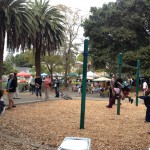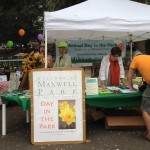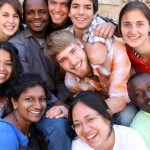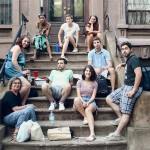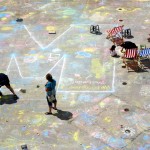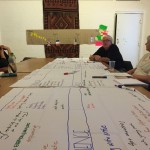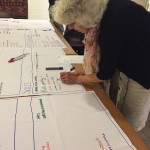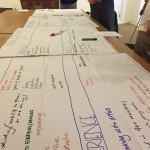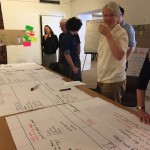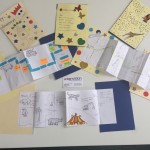In the light of Mela’s ambitions for social cohesion I thought I would reflect on recent experience I have had which shed some light to me on just what a successful ‘local community’ really means. It got me thinking: is it something we can create through our built environment and social engineering or are people the real catalyst? Or a blend of all of the above? My recent – and first – trip to California has underlined to me just how important the people element can be.
Here in the UK the news from the US seems to be dominated by mass shootings, climate denial and hi-tech. It is therefore easy to form a picture of an arrogant, brutal, racist but technologically savvy and environmentally divided nation. My experience of Californian life was seen through the eyes of staying with a British, but long-term US, resident of Oakland, just across the bay from San Francisco. Whilst in some ways what I saw reinforced the stereotypes – in many ways it completely reversed those impressions. Yes – the love affair with the car is alive and well – driven by cheap fuel and a real lack of an effective public mass system. BART (Bay Area Rapid Transit) was good – fast and efficient- but the very limited nature of buses to integrate with it means it is but a limited alternative to driving and travelling between towns and through the state is very poorly served. But, if you consider that outside the main conurbations, which are so far apart, settlements are few and far between. It is hard to see within current pricing structure of fuel that any rail system would make any sense at all.
But to the central issue for MELA – social cohesion and how to achieve it. Oakland is a large city by UK standards (some 440,000 inhabitants) and it definitely plays the poor relation in terms of prestige and overall wealth to its flashier neighbour San Francisco. It is a busy port city which is struggling for identity in many ways and a comparatively small CBD. However, what I witnessed in one – not wealthy- residential neighbourhood was a stable, mixed community coming together for their Annual Day in the Park. The bands played, the food vendors sold a selection of foods and drink (but vegetarians are not well catered for and no alcohol in sight!), local traders turned out in force and the children were entertained by a magician as well as all the things with which we are familiar- the face painting the … etc.
So why is this remarkable? The community was diverse – in age, colour and sexual orientation – and there was clearly no need for any police presence: it was simply about people coming together in a totally relaxed atmosphere to have fun. And the local politicians – including a senator – all turned up! By the mid afternoon postings on Facebook abounded and no one was being vigilante about someone taking a photo of their little ones.
Given that this took place in an area in which, when it was developed 100 years ago, plots were sold at differential prices (you had to pay more if you were non-white!) maturity has brought a measure of communication, tolerance and genuine friendships which in the UK’s gated communities and increasingly isolating suburbs is often hard to find. So why is it working I wanted to know. There are no grants to help the estate ‘bond’ together – the park is small and drab by UK standards and there is very little other community space. But, they watch out for each other – take time to pop into each other’s houses, have litter busting as a routine activity and digital communication is used as a tool of cohesion. The answer (I think) lies in the determination of the locals to make it work – it is their space, their park, their community. And they have pride in it. And even the older inhabitants are using their technological savvy (but surprisingly low broadband speed!) to flash news items around the estate.
I am not saying that this means the built (and natural) environment is not important. It clearly is – especially space to come together, relax and have fun. In climates less benign than California that means not just the park bench and the playground but the community hall: a space that belongs to the people. And I wonder if our new developments and regeneration schemes cater sufficiently for this? It should surely be possible to have places to meet which are not part of the commercial world: traditionally the church that served as the heart of the community but as attendances at organised religion have fallen into decline in many cases what has replaced them? The coffee house at nearly £3 a cup is not the solution. And with many more of the urban population living in flats just ‘popping in’ is not something that happens spontaneously.
Part of the design solution may be communal space within buildings as well as outdoor space – but more is about re-thinking what we have and truly empowering communities to come together – virtually and physically – and take responsibility and pride in their spaces so that shared spaces become, not everybody’s problem but nobody’s job, but nobody’s problem and everybody’s joy. To achieve this is not easy but it is not all about grand designs and large grants but small ideas and everyday actions – and maybe that first email to get things moving?
By Sarah Sayce, Emeritus Professor at Kingston University and MELAssociate
https://www.linkedin.com/in/sarah-sayce-2b7300a

